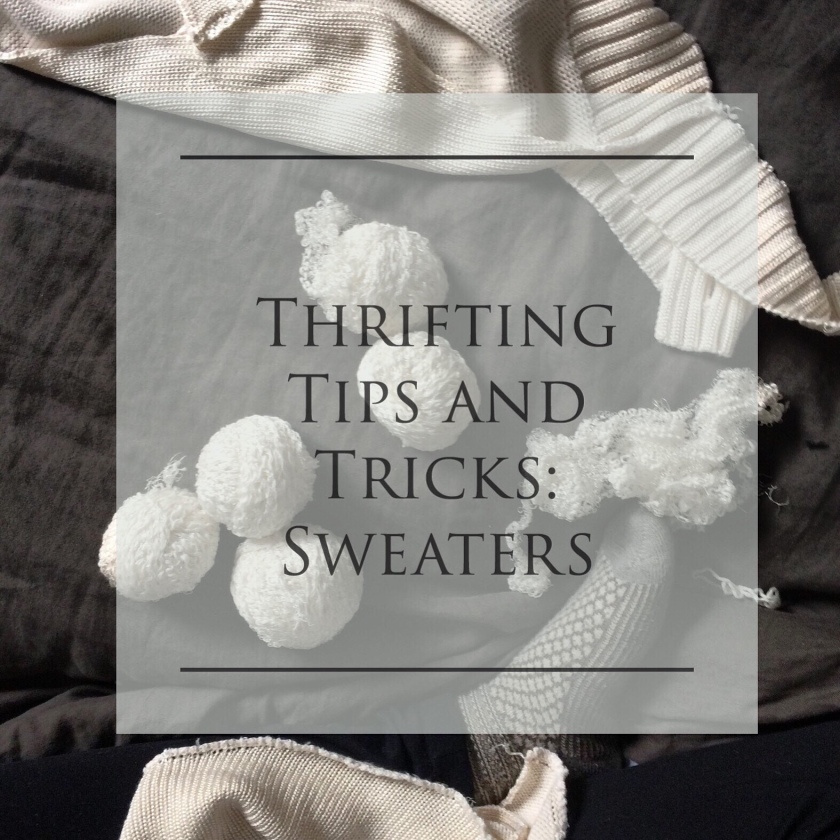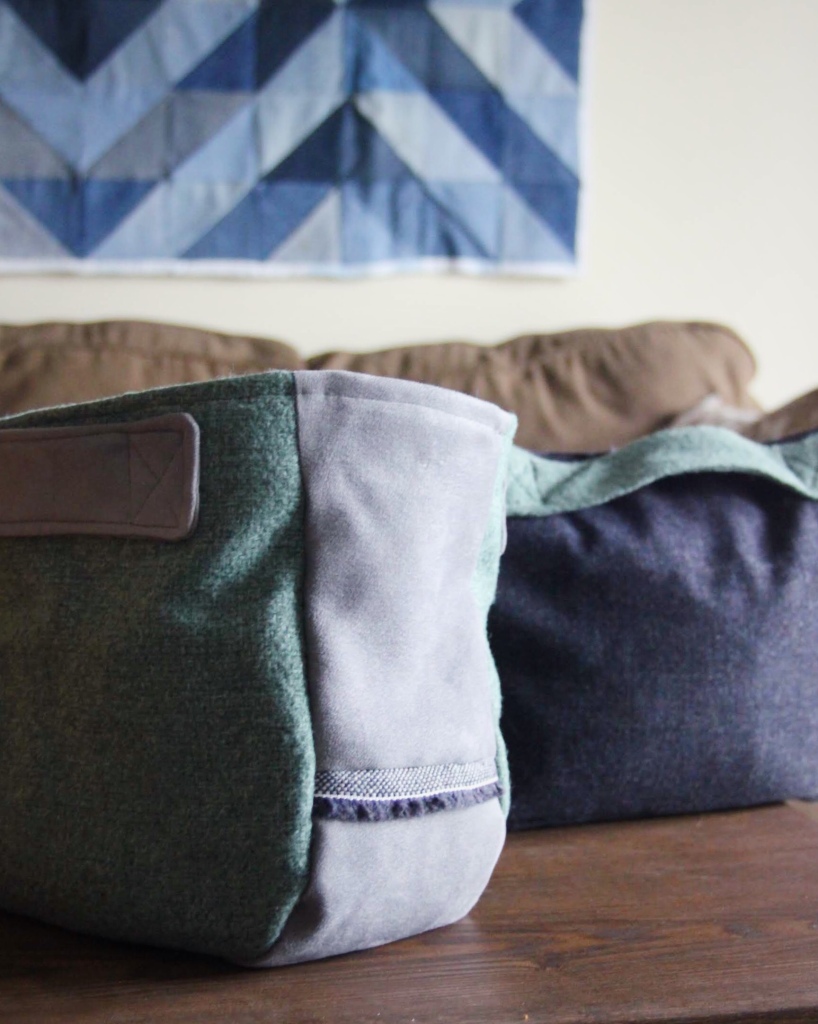
I finally had a sewing day – after a year and a half I finally had a full day to sew whatever I wanted. I woke up with high hopes, I wanted to make a muslin for my first pair of persephone pants. I bought the pattern last spring, and had absolutely no time to make them with all the moves, but this Saturday was the day I could start.

And then… we had no printer paper, so I couldn’t print out the pattern. So I thought I could drop by the store to pick up some paper and a glue stick, but then I remembered I didn’t have a car! My husband was off working a climbing competition all day (which was the reason I could have the whole day to sew in the first place). So, car-less and paper-less, I abandoned my plans to start on my beloved pants.
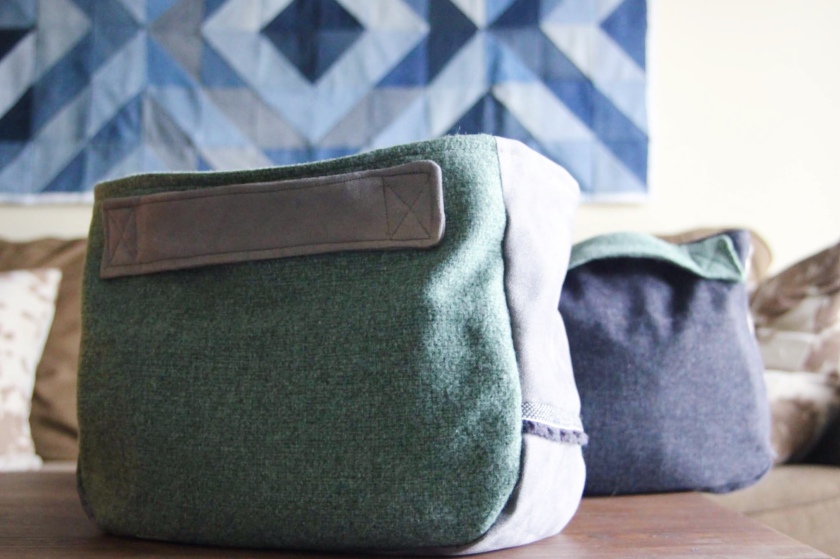
Thankfully, I had a back up project – the Japanese Style Linen Tote project bag from Makine Zine no. 6 Black and White. Usually I carry around my sweater projects in those larger reusable grocery bags (pressed plastic fabric, anyone?). These bags are functional, but they’re 100% ugly and rip easily. I wanted to house my beautiful knitting projects in something equally as beautiful – so these totes were a high priority. It’s almost like fate said “You don’t need new pants… you do need a project bag.” Thanks fate for setting my priorities straight.
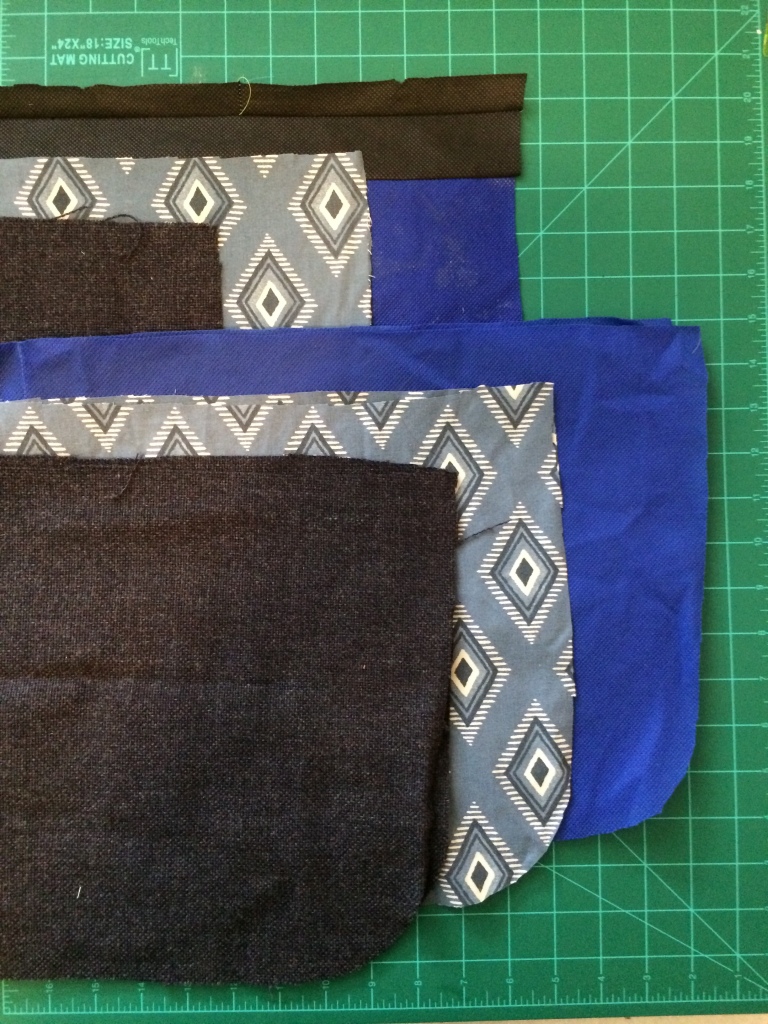
I found some beautiful larger pieces of upholstery wool at Nashville’s creative reuse shop called Turnip Greens. This place is packed with secondhand materials. They operate on a “pay what you think is fair” philosophy, So I bought two pieces of wool (and some other odds and ends) for $2 – which is the cash I had in my wallet.
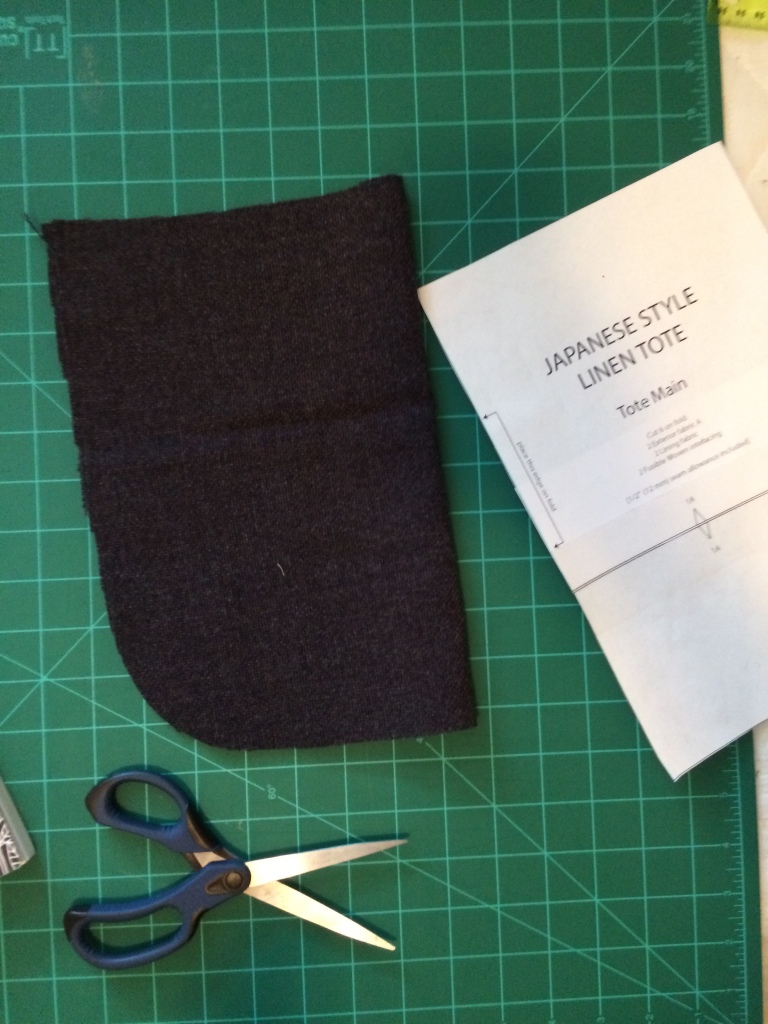
Just as I was ready to cut out my fabric, I realized I was missing something. My fabric scissors. I left them in St Louis in my sewing basket, which houses all my other sewing tools. All I had were old paper scissors. And a loop turner. No pins, no sharp scissors, no marking tools, no rotary cutter, no seam ripper (NO SEAM RIPPER).

I was determined to finish at least one bag, so I set out with my baby paper scissors and cut out my pattern from my thick upholstery wool. I’m used to cutting corners – almost every sewing project is an exercise in “how can I not follow the pattern and just use what I have.” I was already doing a TON of improvising. First, I was using wool instead of linen for the main fabric. Second, I never use interfacing, so I sewed old reusable bags and old denim to the lining to stabilize the bag. Third, the handles call for webbing, but I used stabilized upholstery fabrics instead. So, adding my lack of tools to my already improvised day didn’t seem like quite a stretch. I managed, heck, I had fun! So much fun that I was able to make two bags.
The pattern includes a beautiful bit of sashiko embroidery – but seeing as I had no hand sewing needles, I left the decorative patches off and kept my bags simple. On the second bag, I added a little selvage fringe to one of the seams. I love this little detail! I also love that these two bags are fraternal twins – made from the same materials but with totally different looks.
These bags are perfect; made from secondhand materials that cost me probably $4 total. I am always surprised that I can make beautiful things from discarded items. Even though I’ve been on this reclaimed craft journey for over two years now, it still surprises me that I can do it and that these materials are just out there waiting to be used. I’m stoked about these bags – and I can’t wait for my next sewing day to see what secondhand things I’ll create next.

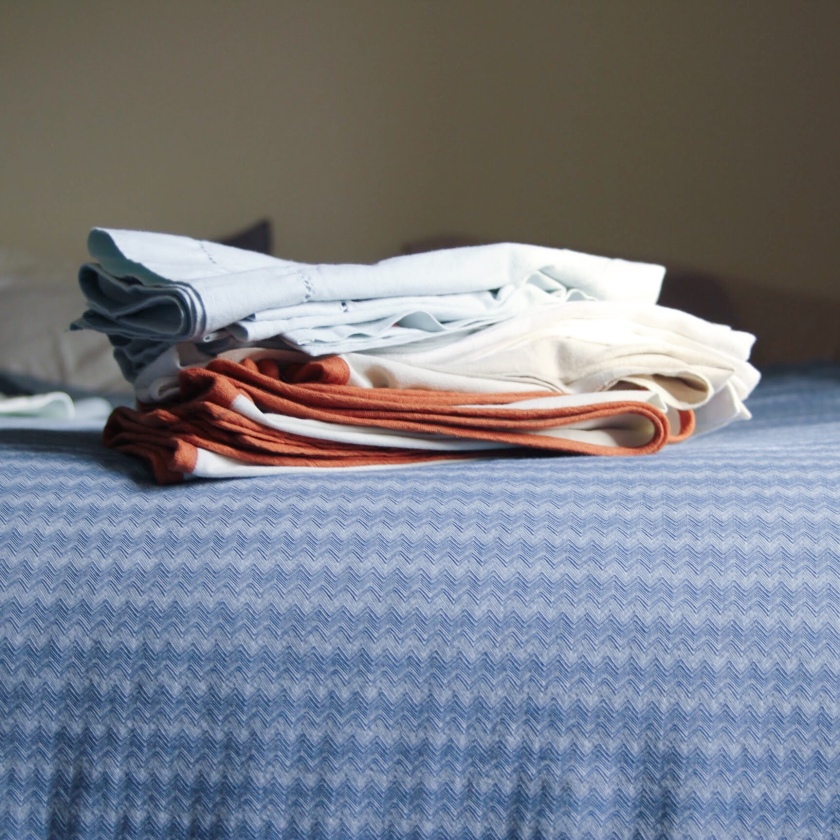
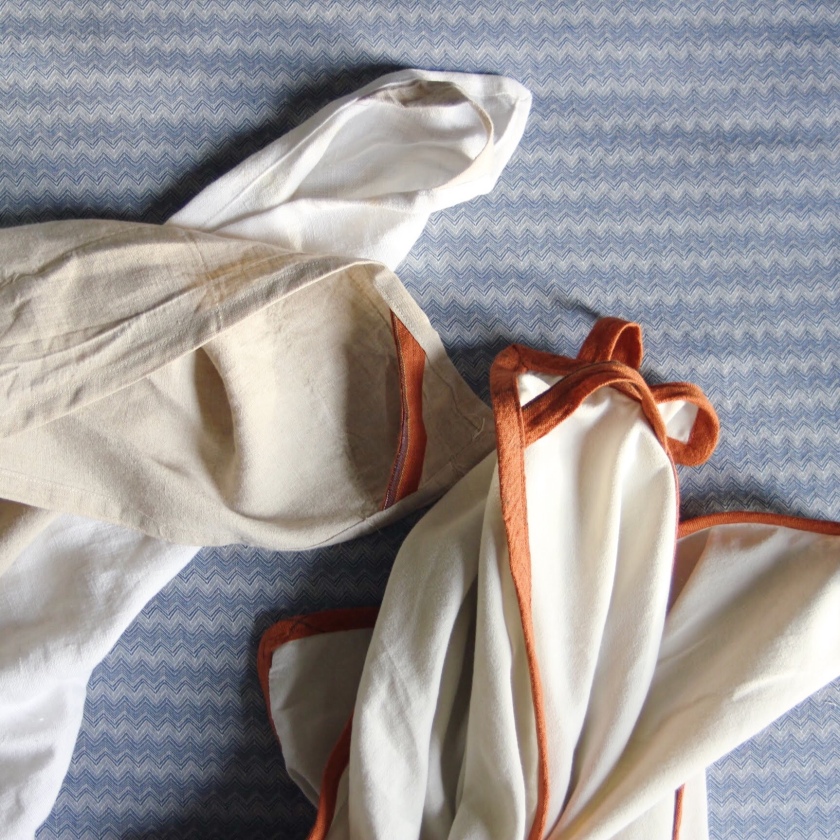




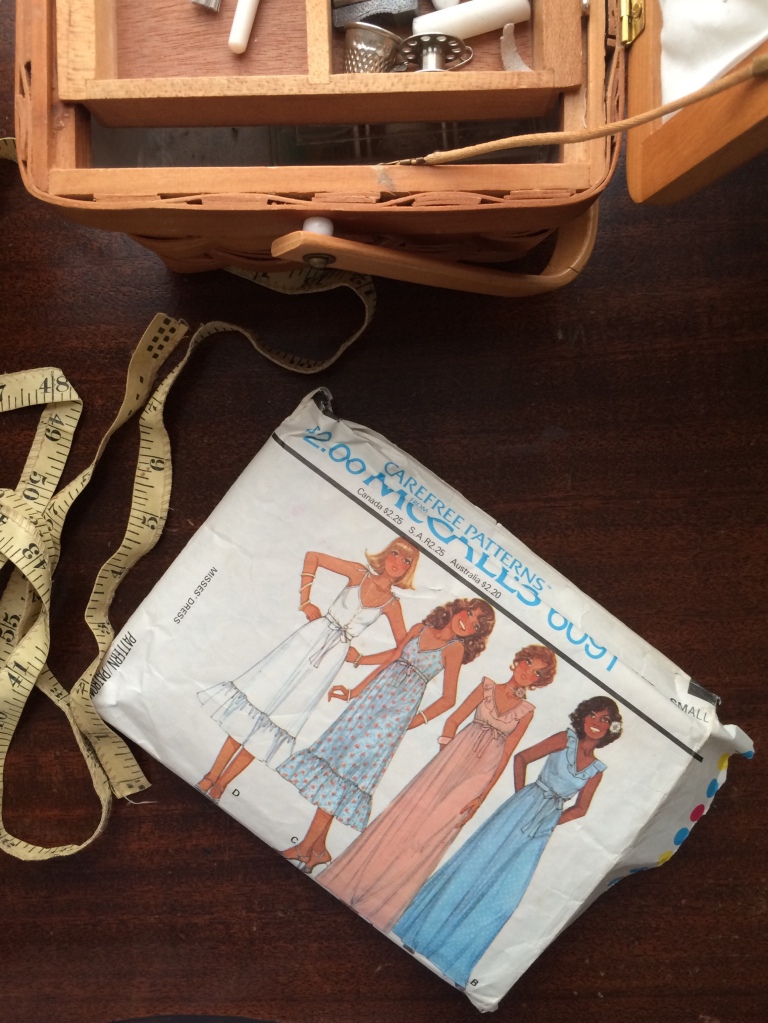


 I’m just about to cast on my next sweater project. I’m using reclaimed yarn and secondhand yarn. I previously used these words interchangeably, but now, each has taken on distinct meaning. So I’m setting out to clarify the difference between reclaimed yarn, secondhand yarn, and recycled yarn.
I’m just about to cast on my next sweater project. I’m using reclaimed yarn and secondhand yarn. I previously used these words interchangeably, but now, each has taken on distinct meaning. So I’m setting out to clarify the difference between reclaimed yarn, secondhand yarn, and recycled yarn.





